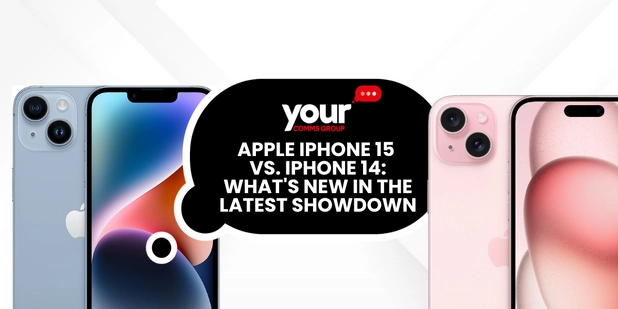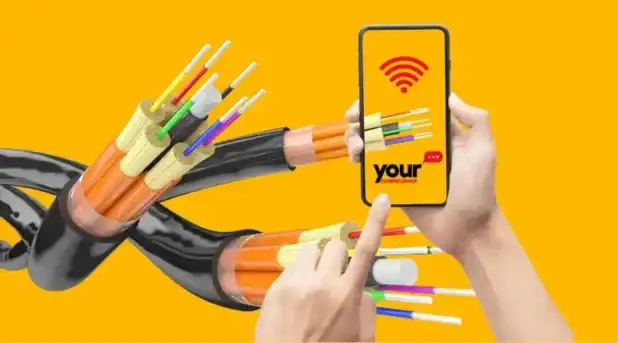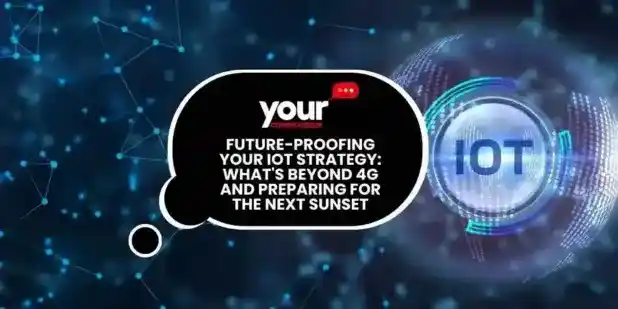Apple iPhone 15 vs. iPhone 14: What's New in the Latest Showdown
In the ever-evolving world of smartphones, Apple has once again set the stage for a clash of titans with its latest releases, the iPhone 15 and...
2 min read
Your Comms Group : Aug 1, 2022 2:51:45 PM

There’s a growing clamour in the technology space at the moment about a relatively new innovation that could see video on demand (VoD), terrestrial television, and other multimedia content being streamed directly to your mobile phone without an internet connection.
Direct to Mobile (D2M) broadcasting is still in its infancy, but assuming it achieves critical mass it will be a game changer in terms of how it drives consumer and business behaviour.
Crudely speaking, it uses broadly the same technology that currently allows smartphone users to listen to FM radio on their device.
Given more than 80% of online traffic is currently video, and the fact that YouTube has long been the second largest search engine behind Google, the prospect of D2M making video instantly accessible opens up a wealth of possibilities and benefits across the mobile sector.
Freeing up bandwidth
When 80% of internet consumption is video, and the average person spends 84 minutes each day on YouTube, its easy to see how rich media dominates bandwidth capacity.
D2M promises to remove a huge amount of that demand, in the process generating obvious benefits such as faster browsing and better utilisation of the spectrum.
Targeted content
Advocates of D2M say that the technology will facilitate better, more effective, and improved distribution of citizen-centric public service information that can be targeted to individual users or communities.
This is obviously a double-edged sword – in the wrong hands individual content targeting can be at best irritating and at worst a security risk – but, D2M’s cheerleaders say, it may also finally help to tackle the ongoing problem of how to tackle fake news effectively.
No buffering
The blue circle of doom is the great scourge of the online experience, but the direct beaming of rich video media to offline devices does mean that we could see an end to the frustrating buffering that ruins the UX for so many mobile phone owners.
Reduced data consumption
With mobile networks now all but giving data allowances away, this is possibly less of a benefit than it might have been a few years ago, but nevertheless video consumption chews up data (and battery) like nothing else on earth.
With no data needed in order to watch video delivered by D2M, users will be able to manage with lower data allowances than ever before.
Access everywhere
Those living away from urban centres are already digitally marginalised through poor broadband coverage – though current plans to close down the entire UK ‘copper wire’ communications infrastructure and replace it with a digital alternative by 2025 should put an end to that.
Nevertheless, D2M technology will mean people from rural areas with limited or no internet access will be able to watch video content.
Better for telecoms providers
One of the key benefits of D2M is that it will allow network service providers to offload video traffic from their mobile network onto the broadcast network, enabling them to decongest valuable mobile spectrum and reduce call drops.
Smarter marketing
Video is already viewed as the most powerful marketing content a business can create, and while the advent of D2M technology may not make it any less expensive to produce, the fact that it can be consumed by – and, crucially targeted to – anyone with a mobile handset at any time will have savvy organisations integrating that opportunity into their marketing strategies.
There is a downside, however
Many businesses require their staff to use a work-supplied mobile device, and it is not yet totally clear how invasive D2M might be in terms of unsolicited content, nor how its functionality might be controlled by mobile device management (MDM) solutions.
The assumption must be that this is a hurdle that can be cleared – as it is with other forms of non-essential content – but device security will understandably a primary concern for businesses trading on commercially or personally sensitive data.

In the ever-evolving world of smartphones, Apple has once again set the stage for a clash of titans with its latest releases, the iPhone 15 and...

Fibre broadband, also known as fibre-optic broadband, is a type of internet connection that uses fibre-optic cables to transmit data.

The Internet of Things (IoT) has become an integral part of our daily lives, from smart homes to industrial automation. But just as technology...